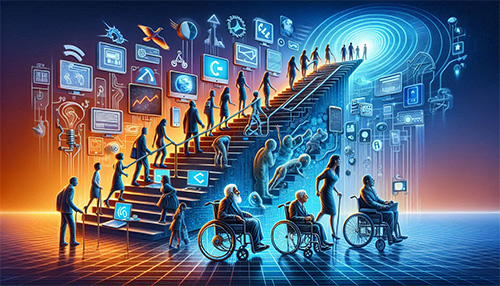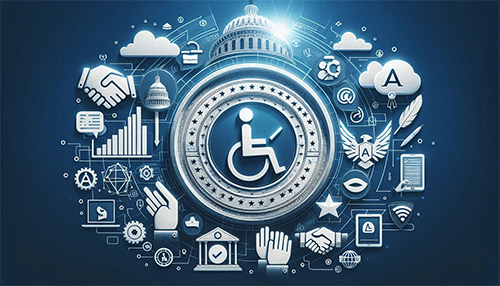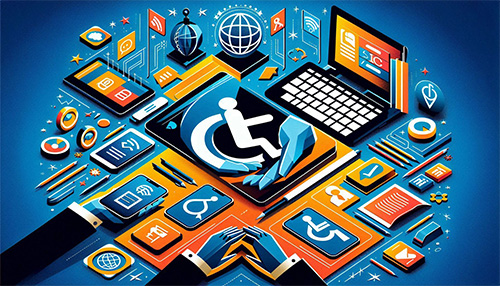
As technology advances, the definition of "readily achievable" accessibility under the Americans with Disabilities Act (ADA) is evolving to include the digital realm. While the ADA, enacted in 1990, was designed to eliminate discrimination and ensure equal access to physical spaces, its relevance to the internet has become a pressing issue. Websites play an essential role in modern communication, commerce, and information dissemination. However, they…








